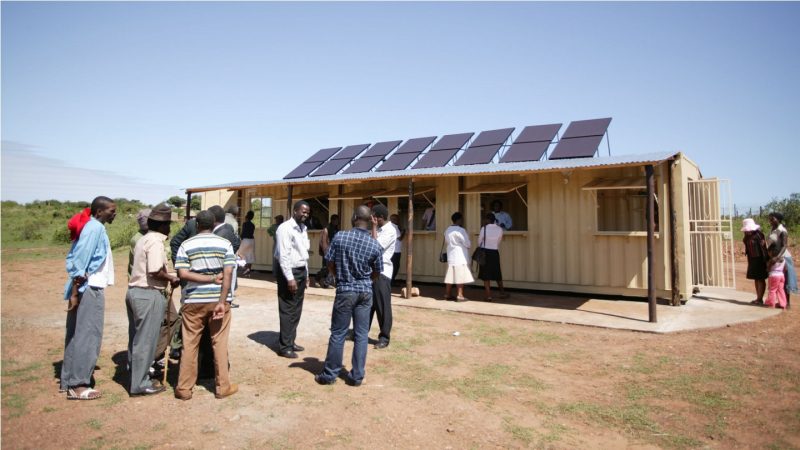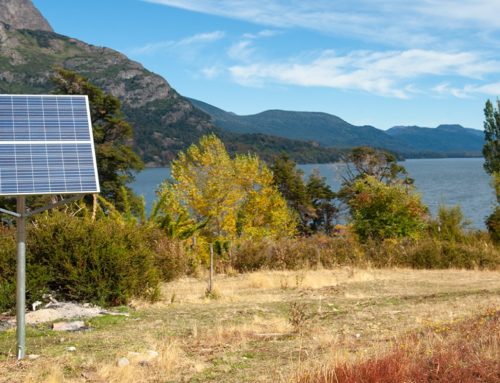“Energy Access Outlook 2017” – the latest report published by the International Energy Agency (IEA) – shows that in 2016 more than half of the world’s population without energy access (588 million people) lived in Sub-Saharan Africa, where national electricity grids reach only 43% of the citizens.
In order to face costs and difficulties arisen in an attempt to connect the roughly 600 million Sub-Saharan Africans still isolated, off-grid solutions have proved to be successful. In fact, they contribute to fill Africa’s energy gap, improve the quality of life, and enhance economic activities in remote communities by connecting them to power grids.
In that regard, the report called “Off-Grid Solar Market Trend” – issued by the World Bank and Bloomberg New Energy Finance (BNEF) – mentions the economic boom which is expected to affect off-grid solar systems in emerging markets by 2020. Thanks to this economic growth, 99 million isolated households could eventually be connected to energy grids. As a matter of fact, annual investments in the sector already increased fifteen-fold between 2012 and 2015, breaking the 276-million-dollar mark. Moreover, 89 million people in Africa and Asia are currently enjoying power supply through off-grid solar systems.
On this subject, initiatives aimed at financing a number of projects – going from rural electrification programmes to installing solar street light in the capitals – have recently been proliferating.
In 2011, the then UN secretary general Ban Ki-moon launched the SE4All initiative (“Sustainable Energy for All”) in order to encourage projects aimed at ensuring universal access to energy and at doubling energy efficiency and the share of renewables in the global energy mix by 2030.
Another example lies in “Lighting Africa”, a World Bank Group’s programme. It fosters off-grid solar solutions in the place of traditional fossil fuels used by most of the isolated communities to have energy access. Such solutions are advisable; not only because of the consequential increase of energy services and reduction of CO2 emissions into the atmosphere, but also in terms of impact on human health and money saved by their users.
By 2030, this programme aims at supplying with energy 250 million new users who are still isolated.
Under this programme, Development Bank of Ethiopia allocated 800,000 off-grid products (i.e. solar lanterns and Solar Home Systems) and supplied over 3 million Ethiopians with electricity and modern energy services. In addiction to revolutionising energy access and mitigating the adverse effects of climate change in the country, Lighting Africa also guarantees remote rural communities an after-sale costumer assistance to fix damaged off-grid solar products.
Furthermore, the International Development Association (IDA) – an arm of the World Bank Group –helps poor countries obtain loans at competitive prices for projects that might increase economic growth, reduce poverty, and improve the living conditions in the region. As such, IDA obtained credit from the World Bank to implement access to modern energy services in 14 Kenyan districts. The project supplied off-grid solar plants to about 1.3 million people living in 277,000 different households as part of the “Off-grid Solar Access Project for Underserved Counties”. Likewise, on the other side of the continent IDA funded part of Niger Solar Electricity Access Project (NESAP), aiming at supplying rural communities with solar energy. If on the one hand IEA says that Nigerian power grids only manage to supply energy to 11% of the total population, on the other hand the National Solar Energy Centre (NSEC) notes that the installed capacity of off-grid solar plants increased from 416 kW in 2000 to around 5.2 MW in 2014.
For its part, the International Finance Corporation (IFC), member of the World Bank Group, has recently developed an online tool – “Off-Grid Market Opportunity Tool” – to help enterprises, governments, NGOs, researchers and the civil society in a proper delineation of the off-grid market potential in Sub-Saharan Africa.
As for the European Union, it is involved in a number of electrification projects such as the use of renewable sources in African rural and remote areas by means of the Renewable Energy Cooperation Programme (RECP). Another example is the Electrification Financing Initiative (ElectriFI), launched in 2014. What is more, last year the African Alliance for Rural Electrification (ARE), in coordination with the RECP, organised a conference dedicated to discuss off-grid solutions.
…








